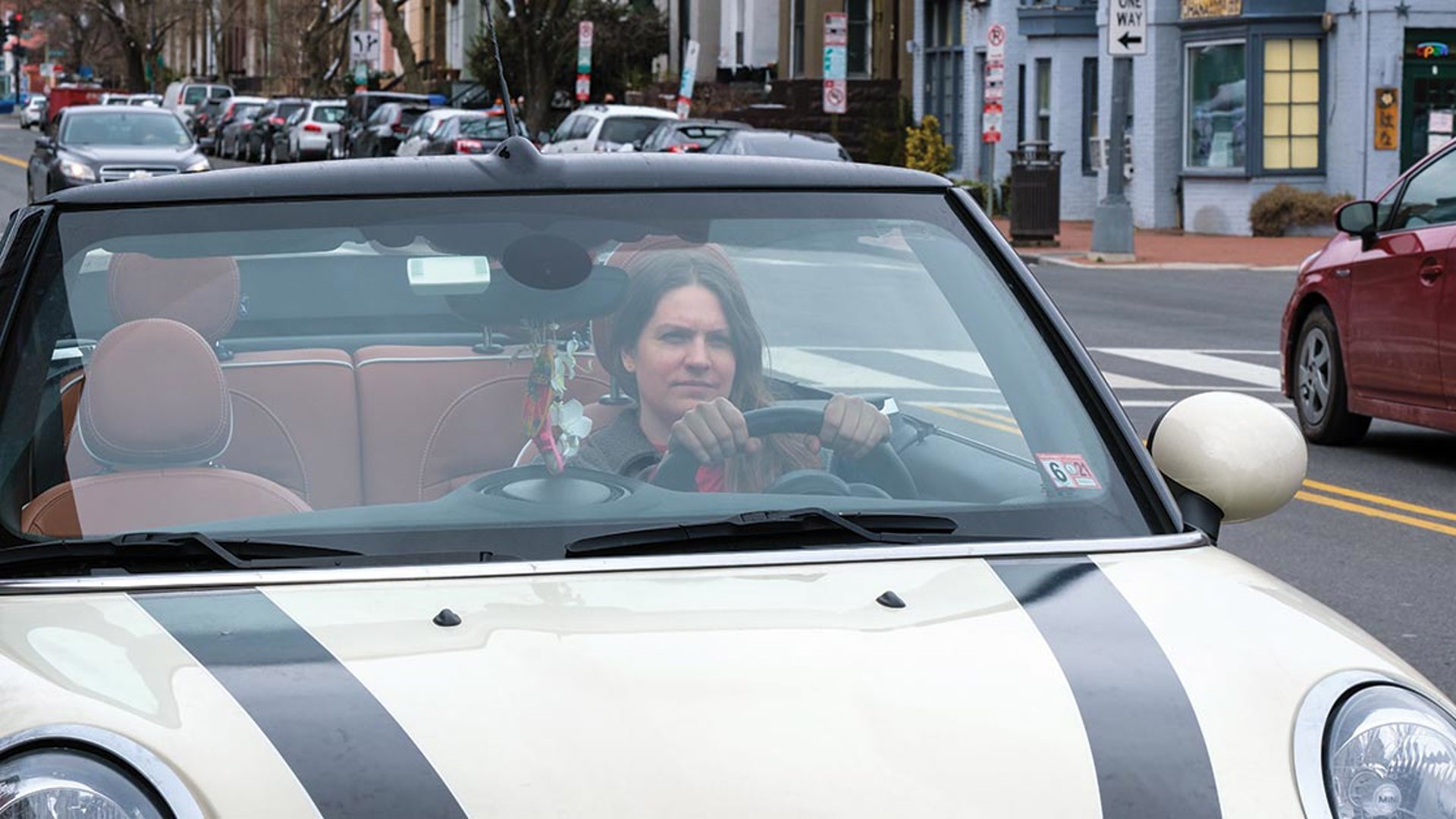A new study from the Insurance Institute for Highway Safety (IIHS) is shedding some more light on why women are more likely to suffer serious injury in a crash than men. Much of the heightened risk isn't physical, the IIHS says, but is related to the types of vehicles women drive and the circumstances surrounding the crashes they're involved in.
“Our study shows that today’s crash testing programs have helped women as much as men,” said Jessica Jermakian, one of the study's authors and IIHS vice-president of vehicle research. A previous study from the institute found that female bodies are affected differently in crashes than male bodies, but it took until 2003 for a female test dummy to be introduced into government crash testing. It's still only a scaled-down male dummy that is also used to simulate 12-year-old boys rather than a proper female representation.
In this study, the IIHS found men are involved in more fatal crashes but on a per-crash basis, women are 20 to 28 per cent more likely to be killed than men and 37 to 73 per cent more likely to be seriously injured (when adjusted for speed and other factors). When the researchers limited the comparisons to similar crashes, they said that the discrepancies mostly disappeared. Women have also benefited from safer vehicles over the years, the study found, saying that "serious and fatal injury risk has declined more for women than men as vehicles have gotten safer."
Then what is the cause of the increased injury and death? “The numbers indicate that women more often drive smaller, lighter cars and that they’re more likely than men to be driving the struck vehicle in side-impact and front-into-rear crashes,” said Jermakian. “Once you account for that, the difference in the odds of most injuries narrows dramatically.”
The IIHS analysis of crash data from the U.S. Fatality Analysis Reporting System found that in collisions between two vehicles front to rear or front to side (rear-ending or T-bone), men were more likely to be driving the vehicle doing the hitting. Drivers of striking vehicles are at lower risk of injury, so the IIHS said that this could account for some of the difference.
It also found, in the analysis of data from 1998 through 2015, that men and women crash in types of vehicles at different rates. SUVs and minivans were crashed in approximately equal proportions, but 70 per cent of women crashed in cars vs 60 per cent of men. More than 20 per cent of men crashed in pickups, compared with just five per cent of women. They also said that within vehicle classes, men tended to crash in heavier vehicles, which generally offer more protection.
So men are more likely to crash while driving heavier vehicles and trucks, while women are more likely to be struck while driving lighter vehicles and cars. Researchers did find some sex-related front crash differences, though, saying that women were 2.5 times as likely to suffer moderate leg injuries in those crashes.
“The good news is that changes like strengthening the occupant compartment and improving seat belts and airbags have helped protect both men and women,” Jermakian said. “Homing in on the risk disparities that still exist in compatible crashes gives us a great opportunity to make further gains.”

